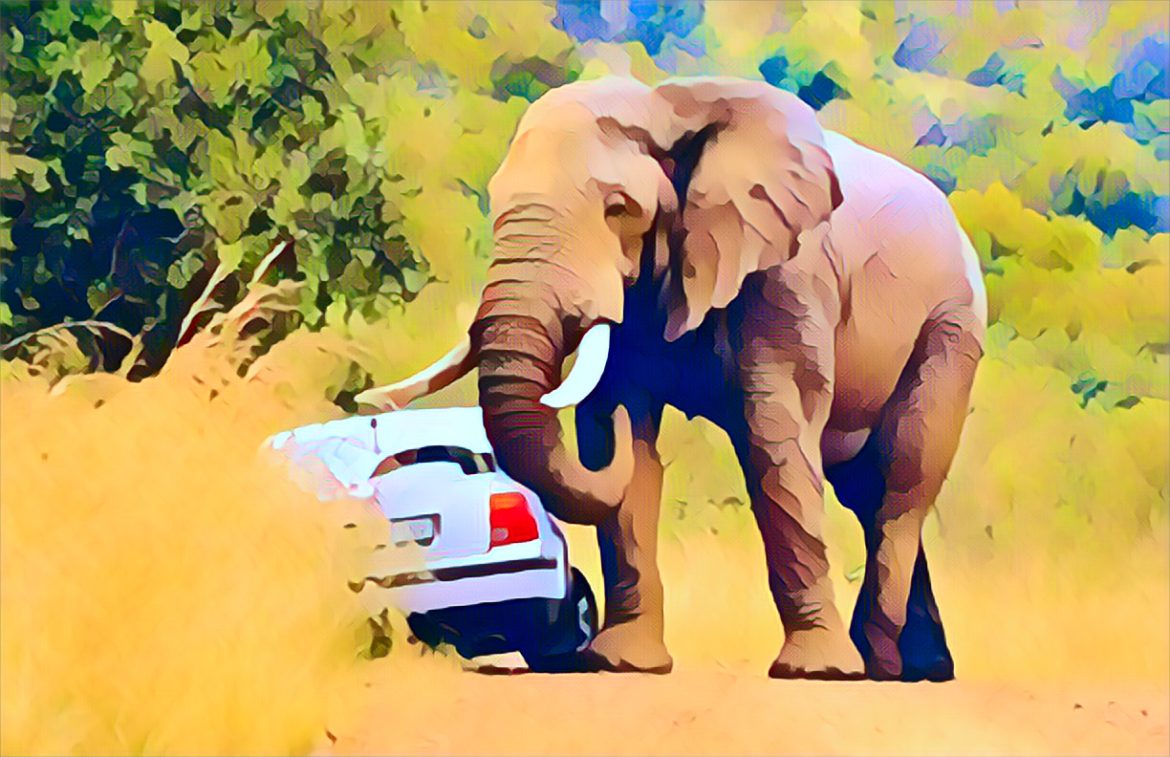The Zimbabwe Parks and Wildlife Management Authority (ZimParks) is struggling with severe resource constraints that are undermining its efforts to mitigate human-wildlife conflicts across the country. These challenges were highlighted by the authority’s Director-General, Fulton Mangwanya, during a recent indaba on the Human Wildlife Conflict Relief Fund at the Zimbabwe International Trade Fair.
ZimParks, the body responsible for managing the country’s wildlife parks and reserves, faces a significant shortfall in necessary resources, particularly in transportation and personnel. The lack of adequate vehicles and a sufficient number of rangers hampers the authority’s ability to respond swiftly and effectively to wildlife incidents in human settlements. These incidents often result in damage to infrastructure, loss of human life, and the death of domestic animals.
During the indaba, Mangwanya lamented the financial burdens that hinder ZimParks’ operational capabilities. Unlike typical tourist companies, ZimParks is required to pay duties on donated equipment and purchased vehicles, which severely depletes its budget. This financial strain contributes to the organization’s inability to recruit more rangers or acquire advanced technology that could improve their response times and operational effectiveness.
Mangwanya pointed out the grave consequences of these constraints, noting that 300 people have lost their lives due to wildlife attacks since 2019. He stressed that many of these deaths could have been prevented with better-equipped response teams. The ideal scenario would involve rapid response units equipped with vehicles, drones, and helicopters, allowing them to address threats from problem animals before any harm could come to local communities.
The director-general also highlighted the geographical and infrastructural challenges that exacerbate the situation. Remote areas such as Plumtree, Mabhongwane Dam, Mzingwane, Nkayi, and Tsholotsho are particularly vulnerable due to poor road conditions, which delay the response times of ZimParks’ units. The state of the roads in these areas makes it difficult for rangers to reach affected sites promptly, further straining the trust and cooperation between local communities and the wildlife authority.
Despite these challenges, Mangwanya underscored the existence of an elephant management policy that has been approved and allows for the management of problem animals and the control of animal populations. However, the effective implementation of this policy is severely hampered by the same resource limitations that affect other areas of ZimParks’ operations.
To overcome these challenges, Mangwanya called for increased government support, particularly in waiving duties on essential equipment and vehicles. This support would free up resources for other critical needs, such as manpower and technological upgrades, which are crucial for the timely and effective management of wildlife conflicts.
Mangwanya advocated for a conservation strategy that involves local communities more directly, suggesting that wildlife conservation should be carried out “with the people, for the people, and by the people.” This approach not only fosters community engagement but also ensures that conservation efforts are more aligned with the needs and safety of the local populations.
The ongoing struggles of ZimParks to manage human-wildlife conflicts effectively highlight a broader issue of resource allocation and governmental support in wildlife management. Without significant changes in funding, equipment acquisition, and community involvement, the grim reality faced by many communities living near wildlife habitats is unlikely to improve. As ZimParks continues to advocate for these changes, the support from governmental and international bodies will be critical in ensuring the safety of both humans and wildlife across Zimbabwe.
Source: Newsday


